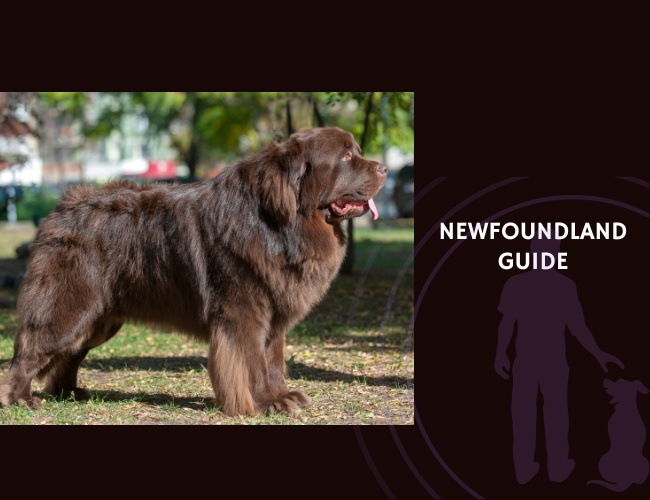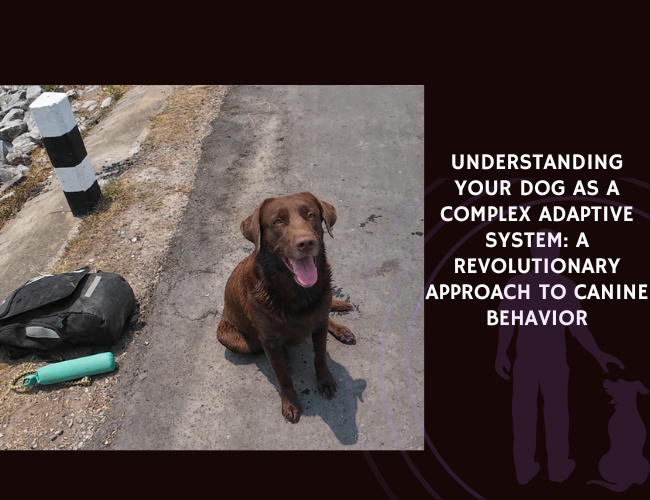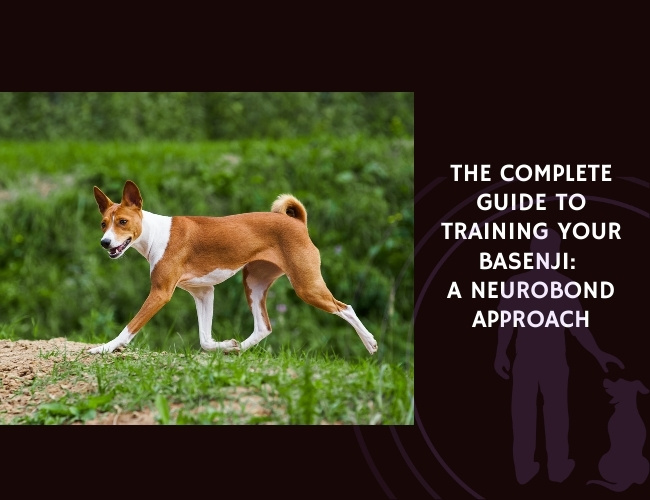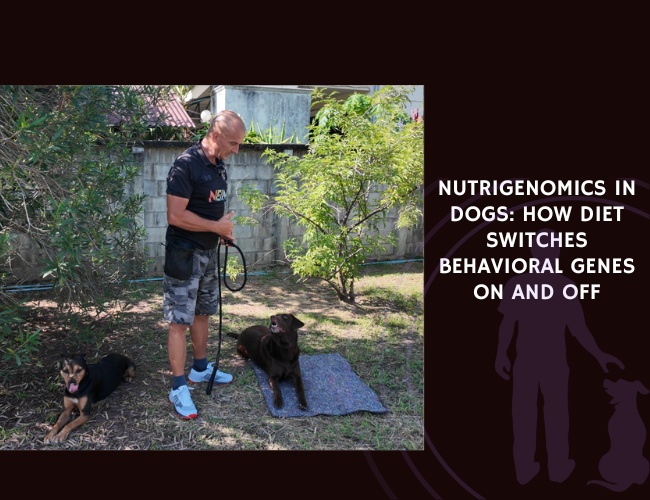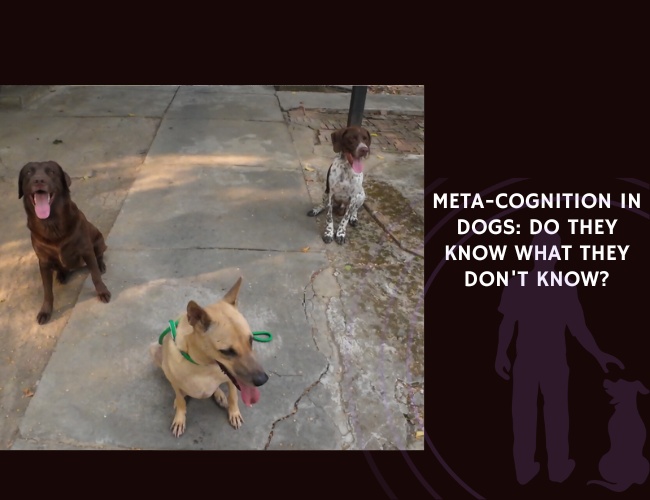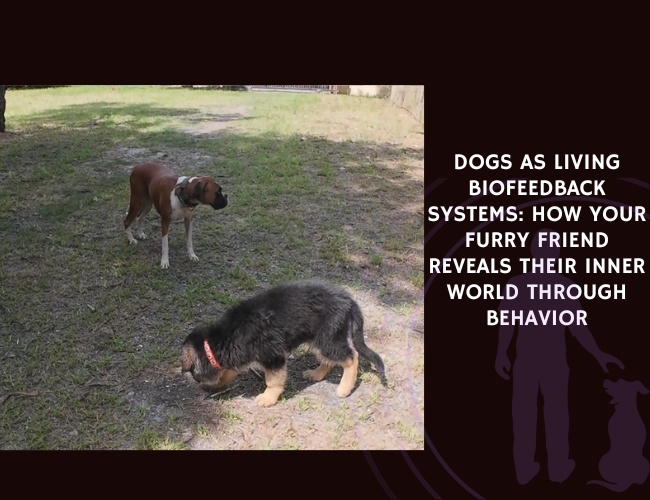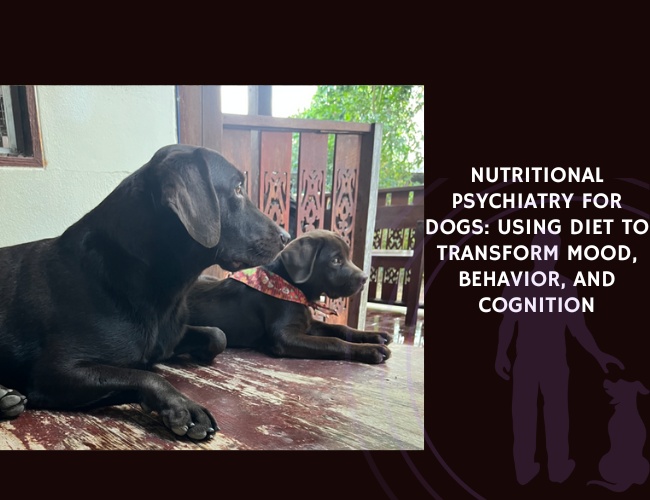Picture this: a massive, bear-like dog with the gentlest soul imaginable, capable of rescuing drowning swimmers yet tender enough to watch over sleeping children. Welcome to the world of the Newfoundland—a breed that has captured hearts for centuries with its remarkable combination of strength, sweetness, and unwavering devotion. These “gentle giants” of the canine world represent something truly special: a working dog whose greatest strength lies not just in powerful muscles, but in an extraordinarily kind heart.
From the icy waters of their Canadian homeland to family living rooms around the world, Newfoundlands have proven themselves as both heroic lifesavers and beloved companions. But what makes these magnificent dogs tick? Let’s dive deep into understanding everything about your Newfie—from their calm temperament to their unique health needs—so you can provide the best possible life for these remarkable gentle giants. 🐾
Character & Behavior
Understanding Your Newfie’s Gentle Temperament
When you first meet a Newfoundland, you might notice something remarkable: despite their imposing size, there’s an immediate sense of calm that radiates from these gentle souls. The Newfoundland temperament is known for being gentle, easygoing, and affectionate. This isn’t just a happy accident—it’s the result of centuries of selective breeding that prioritized temperament alongside working ability.
Your Newfie’s calm disposition has a neurohormonal basis that makes them naturally suited for high-stress situations. Unlike breeds that might become anxious or reactive, Newfoundlands maintain their composure even in chaotic environments. This makes them exceptional therapy dogs and perfect companions for families with busy households. The Newfoundland is known for its courage and great work capacity. Gentle, faithful, and loyal, it is very protective of its family.
But here’s what’s truly special: this calmness doesn’t mean they’re aloof. Quite the opposite! Your Newfie will form deep emotional bonds with every family member, showing a level of emotional intelligence that can sometimes feel almost human-like.
The Art of Newfie Communication
Understanding how your gentle giant “talks” opens up a whole new world of connection. Newfoundlands have developed a sophisticated language of subtle signals that reflects their peaceful nature. Unlike more vocal breeds, Newfies tend to communicate through:
- The Newfie lean: When your 140-pound friend gently presses against you, they’re saying “I love you” in the most Newfie way possible
- Soft “woo-woo” vocalizations: Not quite barks, these gentle sounds often mean “pay attention to me” or “something’s not right”
- The protective hover: You’ll notice your Newfie positioning themselves between family members and perceived threats—always watchful, never aggressive
Newfoundlands aren’t used for water rescue in an official capacity here in the States. However, they still patrol the beaches in France and Italy. This protective instinct translates beautifully to family life, where your Newfie becomes a gentle guardian.
Social Bonds and Multi-Species Harmony
The Newfoundland’s approach to social relationships is nothing short of remarkable. They are very eager to please their family, so training can be a very easy thing. This eagerness extends to their interactions with other pets and children, where they display:
Extraordinary patience: A Newfie will tolerate a cat using them as a bed or a toddler’s clumsy affections with zen-like calm
Gentle play modulation: Watch a Newfie play with a Chihuahua versus another large dog—they instinctively adjust their strength and energy
Nurturing instincts: These friendly dogs have a reputation for being calm at home, patient around children, and good roommates to other dogs and cats.
Reading Your Newfie’s Emotional Signals
Because Newfoundlands are so gentle, their stress signals can be subtle. Learning to read these signs helps you be the best companion to your furry friend:
- The worried brow: Slight furrowing above the eyes when concerned
- Slow tail wags: Unlike enthusiastic wagging, a slow, low wag might indicate uncertainty
- Seeking proximity: When stressed, Newfies often press closer to their humans rather than acting out
Remember, your Newfie’s emotional expression reflects their sensitive nature. They’re not dramatic dogs—they’re thoughtful communicators who appreciate when you take time to understand their gentle signals. 🧡
Training & Education
Building on Your Newfie’s Natural Intelligence
Let me guide you through the fascinating world of Newfoundland training, where success comes not from dominance but from partnership. Because of their intelligence, Newfoundlands are pretty quick learners which makes them generally easy to train. But here’s the key: their intelligence is paired with sensitivity, creating a unique training dynamic.
Your Newfie’s learning style is best described as “thoughtful processing.” Unlike breeds that respond instantly to commands, Newfoundlands often take a moment to consider what you’re asking. This isn’t stubbornness—it’s their methodical nature at work. They’re analyzing the situation, considering the context, and then choosing to comply because they want to please you.
Optimal training approaches include:
- Positive reinforcement only: If you stay calm and reinforce all of the behavior that you want, you will have the dog of your dreams!
- Short, engaging sessions: 10-15 minutes prevents mental fatigue
- Real-world application: Newfies learn best when they understand the “why”
Water Rescue: Tapping Into Ancient Instincts
The most remarkable aspect of Newfoundland training involves their water rescue abilities. Beginning at about four months old, Newfoundland puppies undergo several phases of training, consisting of basic obedience, complex obedience, swimming, overcoming any hesitation around the water, and then complex rescue maneuvers.
The training progression looks like this:
Foundation Phase (4-6 months):
- Water introduction in shallow, calm areas
- Building confidence through play
- Basic retrieval games in water
Skill Development (6-12 months):
- Swimming alongside handler
- Introduction to rescue equipment
- Learning directional commands in water
Advanced Rescue Work (12+ months):
- The six exercises consist of searching for an abandoned boat, and returning it to land; rescuing multiple victims and returning them to a boat; rescue of an unconscious victim
- Towing boats and people
- Working in challenging conditions

Addressing the Gentle Giant’s Sensitivity
One of the most crucial aspects of training your Newfie involves understanding their emotional sensitivity. Even raising your voice and creating a harsh tone can lead to mistrust and possibly cause the opposite effect while training. This sensitivity isn’t weakness—it’s actually a strength that allows them to be such intuitive companions.
When training challenges arise, consider:
- Is your Newfie physically comfortable? (Heat, hard surfaces, fatigue all affect performance)
- Are you maintaining calm energy? (They mirror your emotional state)
- Is the reward meaningful? (Food, praise, or tactile rewards all work, but timing is crucial)
Building Reliable Recall with Heart
Teaching your Newfie to come when called requires building on your emotional bond. Unlike breeds that respond to authority, Newfoundlands respond to relationship. Your recall training should feel like an invitation to join you in something wonderful, not a command to obey.
Practice in progressively challenging environments:
- Start indoors with minimal distractions
- Move to a fenced yard
- Progress to quiet outdoor spaces
- Finally, practice near their beloved water!
Remember: This is most definitely a good thing as an untrained fully grown adult Newfoundland could be a bit of a handful. Starting early and staying consistent creates a partner, not just a pet. 🐾
Nutritional Recommendations
Fueling Your Gentle Giant’s Growth
The nutritional journey of a Newfoundland is unlike that of most breeds—these dogs will gain more weight in their first year than many dogs weigh in total! In their first year of life, a Newfoundland puppy can gain 45kg. This rapid growth demands careful nutritional planning to ensure healthy development without compromising joint health.
Your Newfie’s caloric needs vary dramatically through life stages:
Puppy Phase (8 weeks – 18 months):
- High-quality large breed puppy formula
- Controlled calcium and phosphorus ratios
- Multiple small meals (3-4 daily) to prevent bloat
- Careful monitoring to maintain lean growth
Adult Maintenance (18 months – 7 years):
- Newfoundlands need a balanced diet with enough protein to support muscle maintenance, fatty acids for a healthy coat, and glucosamine and chondroitin for joint health due to their large size.
- Approximately 4-7 cups of quality food daily (varies by individual)
- Two meals to reduce bloat risk
Senior Support (7+ years):
- Adjusted protein for kidney support
- Enhanced joint supplements
- Possible calorie reduction for less active dogs
Joint and Skeletal Support: A Lifelong Priority
Given the Newfoundland’s size and predisposition to joint issues, nutritional support for skeletal health isn’t optional—it’s essential. Hip dysplasia is a condition where the hip joint doesn’t develop properly, causing a loose joint.
Key nutritional supports include:
- Glucosamine and chondroitin: Natural compounds that support cartilage health
- Omega-3 fatty acids: A diet rich in omega-3 fatty acids with anti-inflammatory properties can support joint health.
- MSM (Methylsulfonylmethane): Supports connective tissue health
- Appropriate calcium/phosphorus ratio: Critical during growth phases
Coat and Skin Health Through Nutrition
That magnificent double coat requires nutritional support from the inside out. Your Newfie’s coat health directly reflects their overall nutrition, and proper feeding shows in their lustrous appearance.
Essential nutrients for coat health:
- High-quality proteins: Building blocks for healthy hair growth
- Omega-3 and Omega-6 fatty acids: Create shine and reduce shedding
- Biotin and zinc: Support skin health and reduce flakiness
- Vitamin E: Natural antioxidant for skin protection
Managing Weight and Digestive Health
Obesity is a significant health risk for Newfoundlands, leading to diabetes, heart disease, and exacerbating joint issues. Yet these gentle giants often have hearty appetites that don’t match their moderate activity levels.
Weight management strategies:
- Use a slow-feed bowl to prevent gulping
- Measure portions precisely (those soulful eyes are persuasive!)
- Account for training treats in daily calories
- Regular weigh-ins at vet visits
For digestive sensitivity:
- Avoid sudden diet changes
- Consider probiotics for gut health
- Watch for food intolerances (common in the breed)
- Maintain consistent feeding schedule
Hydration Needs of Water-Loving Workers
Newfoundlands have unique hydration needs, especially those engaged in water work or living in warmer climates. These dogs can easily become dehydrated during swimming sessions, as the effort of moving their large bodies through water is significant.
- Fresh water available 24/7
- Multiple water stations in home and yard
- Electrolyte supplements for working dogs
- Monitor urine color for hydration status
- Extra attention during summer months 🧡
Massive. Mild. Magnificent.
A heart as wide as the ocean.
The Newfoundland doesn’t enter a room—they fill it, both in size and soul. Their presence is calming, their gaze steady, their instincts deeply protective. They are born not to dominate but to watch over, offering quiet strength and unwavering emotional support to every member of the family.
Built for the storm, shaped by love.
Originally bred to rescue drowning sailors in freezing waters, these dogs carry a noble legacy in every ripple of their coat. Yet, beneath that working dog resilience lies emotional sensitivity so fine-tuned, a raised voice can bruise it. Their bond with you isn’t trained—it’s formed, through trust, rhythm, and presence.
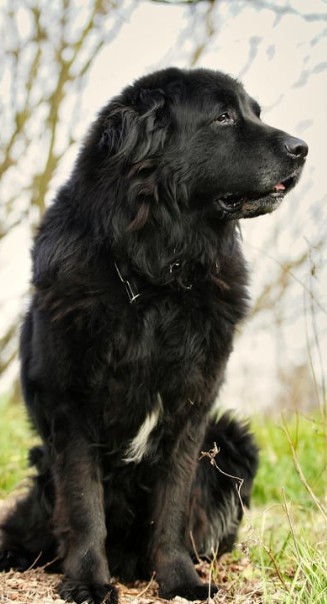
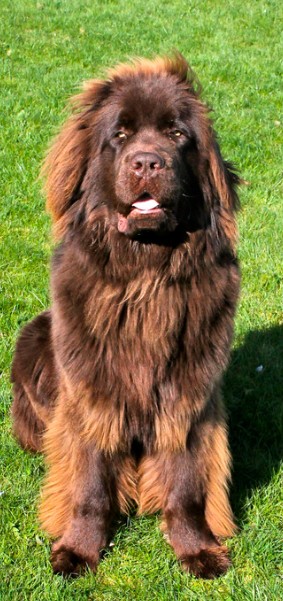
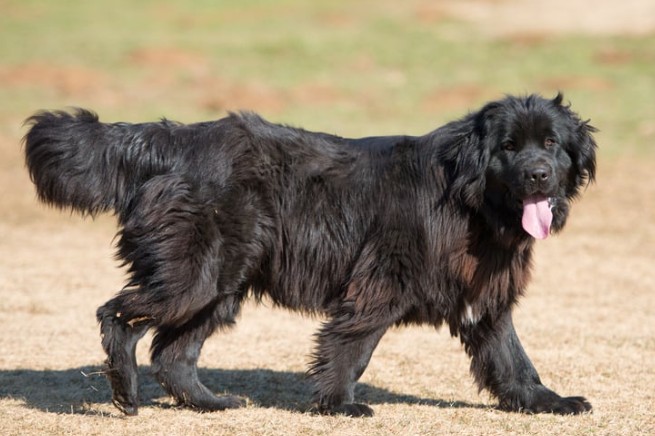
Let them near, and they’ll never leave your heart.
A Newfie doesn’t follow—they accompany. They don’t obey—they understand. Their companionship isn’t flashy or fast—it’s deep, patient, and rooted in something ancient: the silent promise of loyalty, offered with gentle eyes and 150 pounds of love. 🧡
Health Concerns & Disease Management
Hip and Elbow Dysplasia: Understanding the Challenge
For Newfoundland owners, understanding joint health is crucial. The five breeds with the highest ED prevalence were Chow chow, Rottweiler, Bernese mountain dog, Newfoundland, and German shepherd dog. This genetic predisposition means proactive management is essential from puppyhood through the senior years.
Hip Dysplasia Facts:
- Affects the ball-and-socket joint of the hip
- Can begin showing symptoms as early as 4 months
- Maintaining a lean body condition is important for preventing arthritis.
- Progressive condition requiring lifelong management
Management Strategies:
- Maintain optimal weight (every extra pound stresses joints)
- Low-impact exercise like swimming
- Joint supplements from young age
- Regular veterinary monitoring
- Consider physical therapy
The Heart of the Matter: Subvalvular Aortic Stenosis
One of the most serious health concerns in Newfoundlands is SAS, a heart condition that requires vigilant screening. Aortic stenosis is a condition of the heart in which there is a narrowing of the aortic valve of the heart that controls the flow of blood from the left ventricle.
Understanding SAS:
- This is a defect located below the aortic valve that results in narrowed outflow and increased work on the heart.
- Can range from mild to life-threatening
- Often detected through heart murmur at routine exams
- Genetic component requires careful breeding decisions
Screening and Management:
- Cardiac evaluation by specialist at 12 months
- Annual monitoring for affected dogs
- Activity modifications based on severity
- Medication management when needed
- Genetic testing available for breeding decisions
Cystinuria: A Unique Newfoundland Challenge
Newfoundlands have a greater risk of cystine stone formation than other breeds, and urethral obstruction caused by stones is more common in males than females. This inherited condition affects the kidney’s ability to reabsorb certain amino acids.
Key Facts:
- In Newfoundland dogs with cystinuria, the signs of stone formation may be present as early as 6 months to 1 year of age
- Males more severely affected due to anatomy
- Requires lifetime management
- Genetic testing available
Management Protocol:
- Specialized diet (low protein isn’t always the answer)
- Increased water consumption
- Regular urine monitoring
- Possible medication (tiopronin)
- Emergency preparedness for blockages
Bloat Prevention and Awareness
Gastric dilatation-volvulus (GDV) is a life-threatening emergency that every Newfoundland owner must understand. The breed’s deep chest makes them particularly susceptible.
Prevention strategies:
- Feed multiple small meals
- Avoid exercise 1 hour before/after eating
- Use elevated feeders cautiously (controversial)
- Know your emergency vet’s location
- Consider prophylactic gastropexy
Managing Heat Sensitivity
Their heavy coat makes them prone to overheating, especially during hot and humid weather. This isn’t just discomfort—it can be life-threatening.
Heat management essentials:
- Exercise only in cool hours
- Always provide shade and water
- Never leave in vehicles
- Consider cooling vests
- Watch for panting, drooling, lethargy
- Indoor air conditioning is often necessary
Remember: Your Newfie’s health management is a partnership between you, your dog, and your veterinary team. Early detection and proactive care make all the difference. 🐾
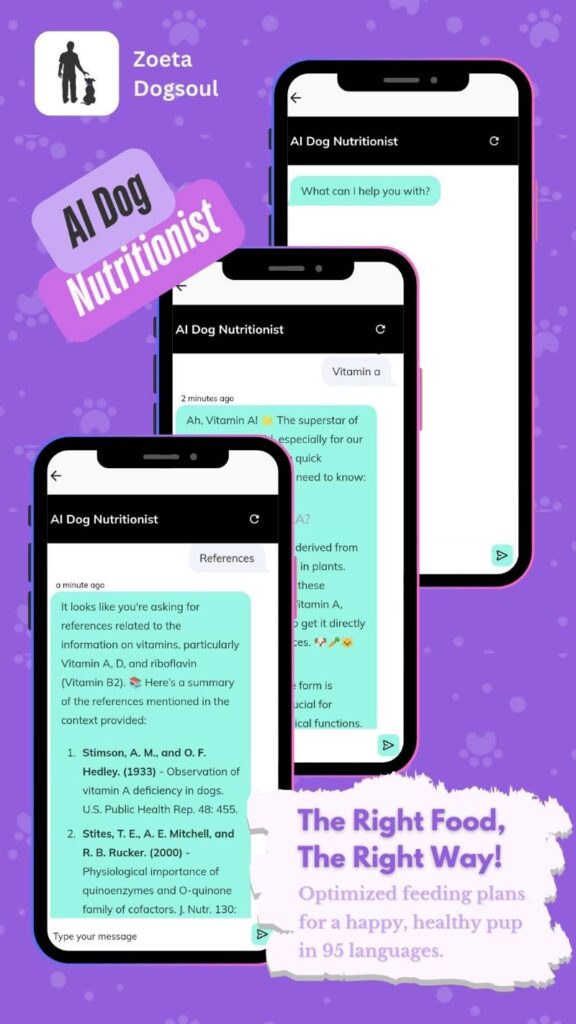
Attitude & Lifestyle
Creating the Perfect Newfie Family Dynamic
When you bring a Newfoundland into your family, you’re not just getting a pet—you’re gaining a devoted family member who will weave themselves into every aspect of your daily life. The Newfoundland possesses a sweet and lovable disposition, reminiscent of a big, cuddly Teddy Bear. But what does this mean for your family’s lifestyle?
The Newfie Family Experience: Your children won’t just have a dog; they’ll have a guardian, playmate, and confidant. Their patience, protectiveness, friendliness, and nurturing demeanor towards children have earned them the nickname “nanny dogs.” However, this doesn’t mean leaving children unsupervised—it means having a patient partner in teaching kids respect for animals.
Daily life adjustments include:
- Child gates become Newfie gates (they’re tall enough to rest their heads on top!)
- Furniture arrangements accommodate a 150-pound “lapdog”
- Family activities include your gentle giant
- Travel plans consider pet-friendly options
Exercise: Finding the Sweet Spot
Understanding your Newfie’s exercise needs means balancing their working heritage with their laid-back nature. Most love long walks and hikes, and they adore swimming. But here’s the key: quality over quantity.
Age-Appropriate Exercise Guide:
Puppyhood (8 weeks – 18 months):
- 5 minutes per month of age, twice daily
- No jumping or stairs until growth plates close
- Swimming introduction around 4 months
- Mental stimulation through training
Adult Years (18 months – 7 years):
- 30-60 minutes daily exercise
- Swimming is ideal (low impact, high benefit)
- Cart pulling or draft work
- Hiking on soft surfaces
Senior Years (7+ years):
- Adjusted to individual capacity
- Short, frequent walks
- Therapeutic swimming
- Mental enrichment remains crucial
Urban vs. Rural: Where Newfies Thrive
You might assume these gentle giants need acres of space, but the truth is more nuanced. Because Newfoundlands only need moderate exercise, they could do well in an urban setting.
Urban Newfie Success Factors:
- Nearby water access (even a dog swim facility)
- Commitment to daily walks
- Elevator building (those joints!)
- Understanding neighbors (drool happens)
- Regular grooming to manage shedding
Rural Newfie Advantages:
- Natural swimming opportunities
- Space for cart work
- Cooler temperatures often available
- Less concern about size in public spaces
Climate Considerations: More Than Just Temperature
Newfoundland dogs are best suited to colder climates thanks to their thick, water-resistant double coat. But thousands of Newfies live happily in warmer climates with proper management.
Warm Weather Adaptations:
- Early morning/evening exercise only
- Air conditioning is non-negotiable
- Cooling mats and pools
- Never shave (coat provides insulation)
- Monitor for heat stress constantly
Cold Weather Joy:
- As a rule of thumb, Newfies can comfortably tolerate temperatures between 10F to 80F.
- Snow becomes a playground
- Natural insulation keeps them comfortable
- Watch for ice balls between toes
- Still need regular grooming
Senior Years: Adapting for Comfort
As your Newfie ages, lifestyle adjustments ensure their golden years remain golden. The same devoted companion who watched over your children now needs extra care themselves.
Senior Lifestyle Modifications:
- Orthopedic bedding (multiple locations)
- Ramps for vehicles
- Non-slip flooring
- Raised food bowls
- More frequent, shorter activities
- Mental stimulation remains vital
Environmental enrichment is very helpful for maintaining brain health (the concept of “use it or lose it”). Puzzle feeders, new tricks, and gentle training keep aging minds sharp.
The Newfie Lifestyle Reality Check
Before committing to a Newfoundland, honestly assess:
- Can you handle drool on your walls (yes, walls)?
- Will dog hair in your coffee bother you?
- Do you have time for grooming?
- Can you afford potential health costs?
- Will you include them in family activities?
Newfies should not be chained outside or left in the garage when their families are home or away. These are not yard dogs—they’re family members who happen to be enormous, hairy, and occasionally damp.
The reward? A companion whose devotion knows no bounds, whose gentle presence enriches every family moment, and whose noble heart will capture yours completely. Welcome to the Newfie lifestyle—where every day brings slobbery kisses, gentle giants sprawled across your feet, and a love deeper than the ocean they were born to navigate. 🧡
Conclusion: Is the Newfoundland Right for You?
After exploring every facet of Newfoundland ownership—from their gentle temperament to their specific health needs—one truth emerges clearly: these aren’t just dogs, they’re a lifestyle commitment wrapped in 150 pounds of fur and devotion. The Newfoundland offers something increasingly rare in our modern world: unwavering loyalty paired with infinite gentleness.
You might be perfect for a Newfie if:
- Your heart has room for a gentle giant who thinks they’re a lapdog
- Drool and fur are minor inconveniences compared to unconditional love
- You value emotional intelligence and sensitivity in a companion
- Family activities can include a bear-sized participant
- You’re prepared for the financial commitment of large-breed ownership
- Your home has good climate control (especially in warm regions)
- You understand that grooming is meditation, not a chore
Consider another breed if:
- You prefer pristine, fur-free living spaces
- Extended time away from home is common
- Hot climates without cooling options
- Limited budget for potential health issues
- You want an independent, low-maintenance pet
The Newfoundland represents something profound: a working dog whose greatest work is loving their family. From their heroic water rescue heritage to their modern role as therapy dogs and family guardians, these gentle giants remind us that true strength lies in gentleness.
Your journey with a Newfie won’t always be easy—there will be health scares, mountains of fur, and drool in unexpected places. But ask any Newfoundland owner, and they’ll tell you the same thing: the love of a Newfie changes you. It teaches patience, celebrates gentleness, and shows that the biggest hearts often come in the biggest packages.
So as you consider whether a Newfoundland belongs in your life, remember this: you’re not just choosing a dog. You’re choosing a guardian for your children, a companion for your adventures, and a friend whose devotion will humble you daily. You’re choosing the Newfie life—and what a beautiful life it is. 🐾

